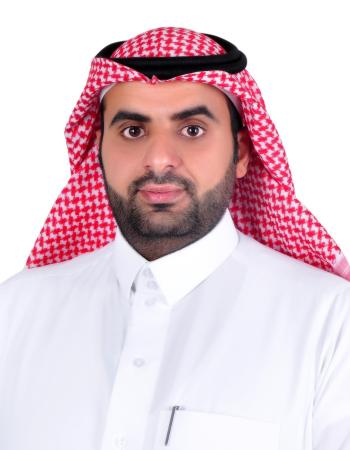Intracereberal Microdialysis Technique for comparing [14C] Sucrose and [13C] Sucrose in Mouse Brain
Bickel, • Faleh Alqahtani, Ekram Ahmed Chowdhury, Raktima Bhattacharya, Reza Mehvar and Ulrich . 2016
Introduction
Blood-brain barrier (BBB) integrity is a critical parameter in the understanding of many CNS disorders. Currently, one of the most commonly used markers for measuring BBB permeability of hydrophilic small molecules is [14C] sucrose. Besides requiring the handling of radioactivity, the presence of low amounts of lipophilic impurities may compromise permeability estimates. We have recently introduced [13 C] sucrose as a superior probe by establishing a highly sensitive and specific LC-MS/MS based assay. The present work aims to validate the superiority of [13 C] sucrose by using brain micro-dialysis technique. For comparison we also analyzed low molecular weight metabolites.
Methods
In vitro recoveries of customized micro-dialysis probes or commercial probes were first tested in well-stirred solutions of [13C] sucrose, [14C] sucrose or brain metabolites (dialysate flow rate 2µL/min). Then, customized probes were stereotaxically implanted into the striatum of C57BL/6 mice. After 24h, the animals received an IV bolus injection of 10 mg/kg [13C] sucrose or 40μCi/mice. Then, Blood and dialysate samples were collected for 2h. The brain was perfused and collected at the end of experiment. [13C] Sucrose, [14C] sucrose were analyzed by LC/MS/MS, LSC respectively, while glucose and lactate were analyzed by CMA 600 Microdialysis Analyzer.
Results
The in vitro study of our probes showed approximately 7.5 % recovery for both [13C] sucrose and [14C] sucrose that was higher when compared to the commercial probes of smaller MW cutoff. Recovery rates of glucose and lactate were 9.7% and 12.6%, respectively. In vivo, brain micro-dialysate concentrations of [13C] sucrose were well above the lower limit of quantification (1 ng/mL). After we confirmed the implantation coordinates, we found similar concentrations of [13C] sucrose and [14C] sucrose in the plasma and higher concentration of [14C] sucrose in the brain tissue as well as in the brain extracellular space (ECF)
Conclusion
The LC-MS/MS technique is suitable for measuring [13C] sucrose in microdialysate samples even after a low dose of [13C] sucrose, such as 10 mg/kg, has been systemically injected. Low doses in that range would not have any significant physiological effects, e.g. on plasma osmolality. Interestingly, while the plasma profile and AUC for [13C] sucrose and [14C] sucrose are similar, total brain concentration of [14C] sucrose is 6 folds higher and extracellular fluid concentration also is almost 2 folds higher than corresponding values for of [13C] sucrose. This discrepancy is likely due to the very small amounts of contaminants in [14C] sucrose, which are more lipophilic and penetrate the BBB to a higher extent than pure sucrose.


